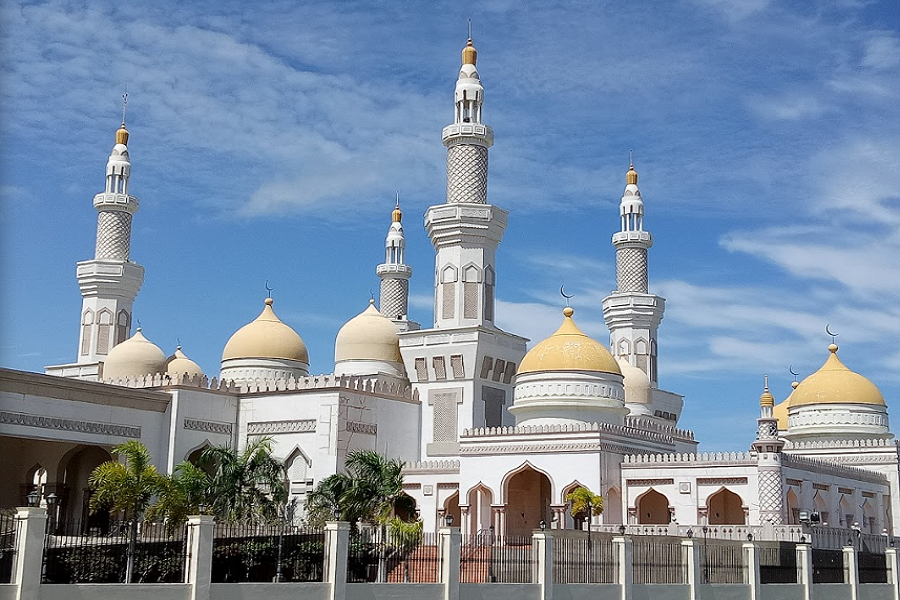The Philippine Islands, commonly referred to simply as ‘The Philippines’, are known for their pristine beaches and exotic fruits, but the Islands are steeped in Islamic history.
Although Christianity replaced Islam as the dominant religion in the southeast Asian nation, the Islands have a long history of Islamic presence. In fact, Islam was the dominant religion with up 75% of the population being adherents of the faith prior to the Spanish conquest in the 16th century.
More than half of the country’s modern-day Muslim population, which comprises about 5% of its total population, live in Mindanao. According to Iman Montayre, a Philippines-based journalist, Muslims on the southern island fought hard to resist the Spanish indoctrination.
“That’s where the strong Islamic Heritage is still kept until now because that place hasn’t been conquered by the Spaniards and then the Americans later on. Really, they fought hard and it’s actually the only part of the Philippines that hasn’t been successfully conquered by the invasions,” she said.
SMread: Jabulani Mabuza is a determined entrepreneur and watchmaker
Spaniard invasion
Islam was a thriving religion in the Philippines prior to attempts by the Spaniards to eradicate the religion from the region. It was the first-recorded monotheistic religion in the Philippines, reaching the islands in the 14th century with the arrival of Muslim traders from the Persian Gulf and southern India.
The Sheikh Karimul Makhdum Mosque at Tubig Indangan, Simunul, Tawi-Tawi is officially recognised as the first mosque in the Philippines. It was constructed by an Arabian trader in 1380, shortly after the arrival of the first Muslims in the area.
“Islam has been here since 200 years before the Spaniards came and when the Spaniards came, they tried to erase the Islamic identity of the Philippines. Before they came, we were 75 percent Muslims and we also had some Hindu population,” said Montayre.
A Spanish fleet led by Miguel López de Legazpi arrived in the Philippines in 1565, after which they began an intensive effort to eradicate Islam from the Philippines. The Muslim population of Mindanao resisted the conquest, and have since then continued fighting for independence as a Muslim state.
SMread: Understanding Islamic psychology
Tourism in the Philippines
The Philippines’ rich biodiversity and scenic environment have generated a multi-billion Rand tourism sector. Montayre said the islands are a good destination for Muslim tourists as it is easy to find halaal cuisine and amenities for Muslims.
“Everybody here speaks English so even if you go to the most remote places, it’s no problem for foreigners to come here,” she said, adding that “our hotels serve halal food and there are also Middle Eastern restaurants almost everywhere nowadays,” she said.
Montayre said although the Boracay and Palawan regions are top destinations for tourists in the region, Mindanao island offered the best experience for tourists seeking to learn more about the Islands’ Islamic heritage. She said the best time to visit was between January and June.
